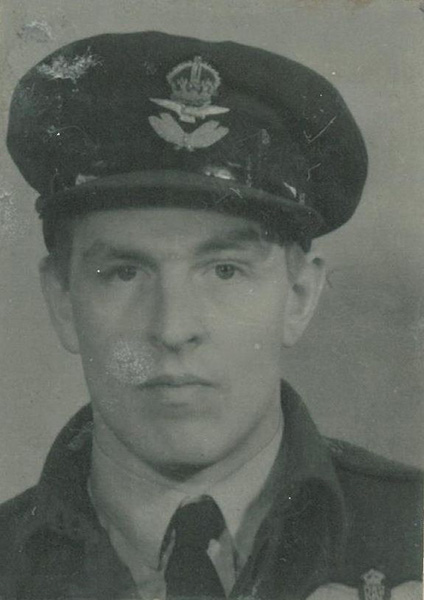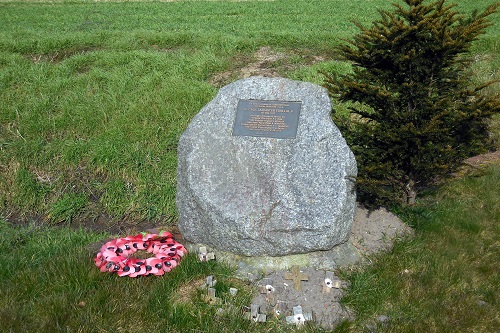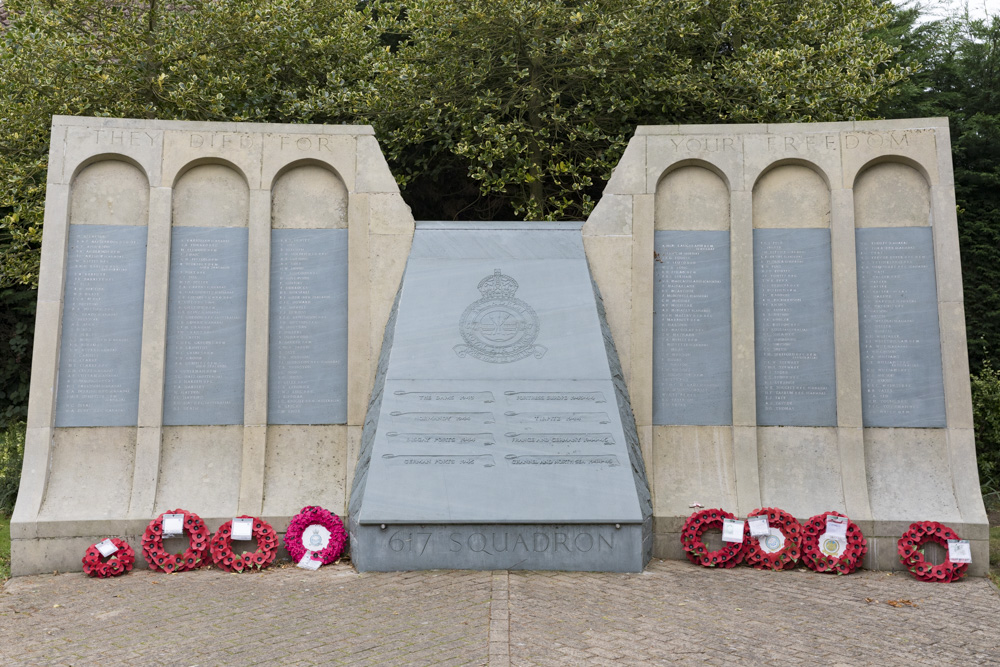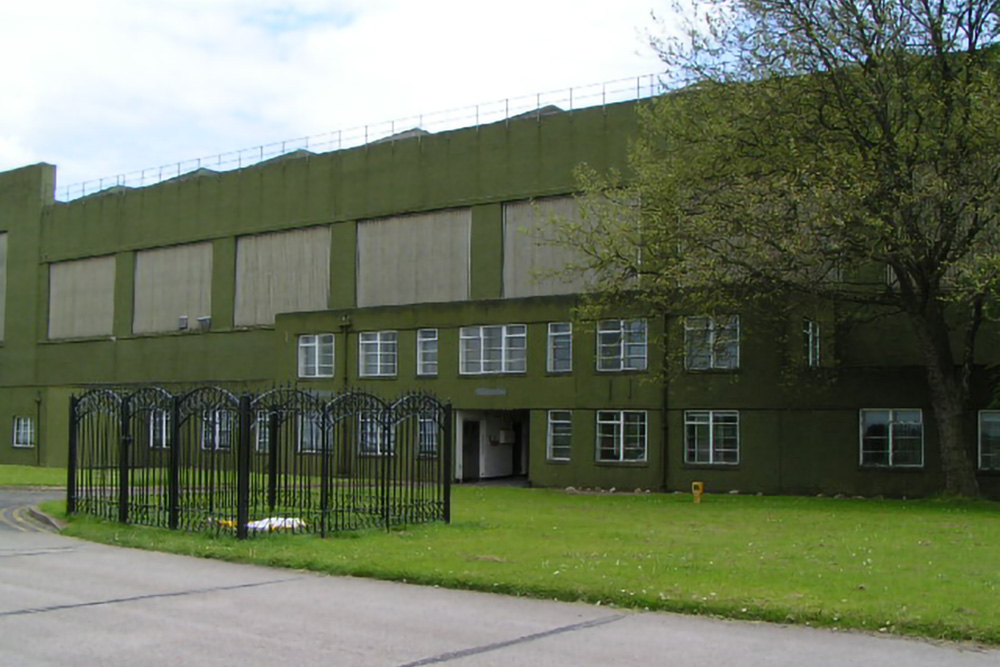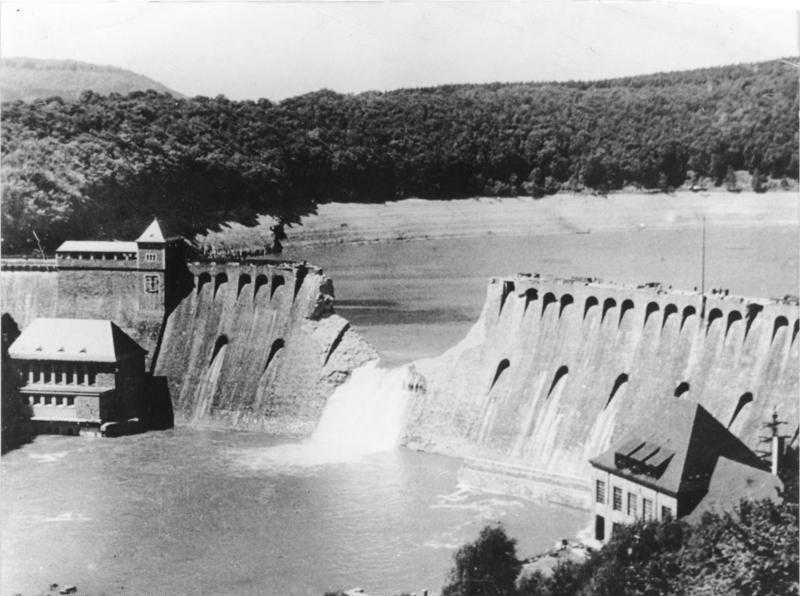Astell, William 'Bill'
- Date of birth:
- April 1st, 1920 (Knutsford/Cheshire, United Kingdom)
- Date of death:
- May 17th, 1943 (Borken/Westernphalia, Germany)
- Buried on:
- Commonwealth War Cemetery Reichswald Forest
Plot: 21. Row: D. Grave: 13. - Service number:
- 60283
- Nationality:
- British
Biography
William Astell, born in Knutsford, Cheshire on 1 April 1920 and raised in Derbyshire’s Peak District, led an adventurous life from his school days at Bradfield College. He crossed the Atlantic by cargo boat, climbed in the Dolomites, and studied for three months at Leipzig University. With war looming, he enlisted in the navy before transferring to the RAFVR in July 1939. By April 1940, he was selected for pilot training in Rhodesia.
After qualifying, Astell hoped to return to the UK but was sent to another training unit, then to a Wellington squadron in Malta. Contracting typhoid delayed his active service until September 1941 in Egypt. On 1 December 1941, a landing accident left him with a fractured skull and severe burns. The next summer, he survived being shot down and crash-landing behind enemy lines, evading capture to return to base five days later, earning the DFC.
In September 1942, Astell returned to England and trained to fly Lancasters. Joining 57 Squadron at RAF Scampton in January 1943, he inherited an operational crew after their previous pilot, Max Stephenson, was killed in action. Their first raid on Lorient took place on 13 February 1943, followed by operations until March, when C Flight was reassigned for a special mission.
During weeks of training, Astell and his crew flew reconnaissance over major British lakes and piloted the first modified Lancaster. On 14 May, the captains, including Astell, were urged to make wills. His was witnessed by Robert Barlow and Henry Maudslay, though tragically, none survived the raid.
On the night of the raid, Astell took off as part of the final trio of the first wave, led by Maudslay and followed by Les Knight. Crossing the Rhine, Astell hesitated at a turning point and soon encountered light flak near Dorsten, where Hopgood’s aircraft had been damaged earlier. Bob Kellow, wireless operator in Knight’s AJ-N, saw tracer fire intersecting as Astell flew through at 0015. Despite his crew’s return fire, the aircraft was engulfed in flames and exploded on the ground near Marbeck.
Astell's Lancaster hit high-tension cables, unnoticed by Gibson and Young’s trios ahead, and its Upkeep mine detonated shortly after, causing widespread damage but sparing a roadside shrine to St Joseph. The crew's bodies were taken to Borken for burial and later reinterred at the Reichswald Forest Commonwealth War Graves Cemetery.
Do you have more information about this person? Inform us!
- Period:
- Second World War (1939-1945)
- Rank:
- Flight Lieutenant
- Unit:
- No. 148 Squadron, Royal Air Force
- Awarded on:
- August 14th, 1942
Lieutenant Astell. The latter was able to make a successful crash landing, however, and both he and his colleague managed to extricate.themselves from the wreckage. After a period of 5 days, fraught with danger, they eventually observed one of our patrols. Flight Lieutenant. Astell went forward to make contact but, unfortunately, was unable to do so. He returned to the place where he thought he had left his colleague but he could not find him. Flight Lieutenant Astell eventually discovered another friendly detachment and reached safety. Throughout the engagement, and subsequently; this officer displayed great courage and fortitude."
- Period:
- Second World War (1939-1945)


